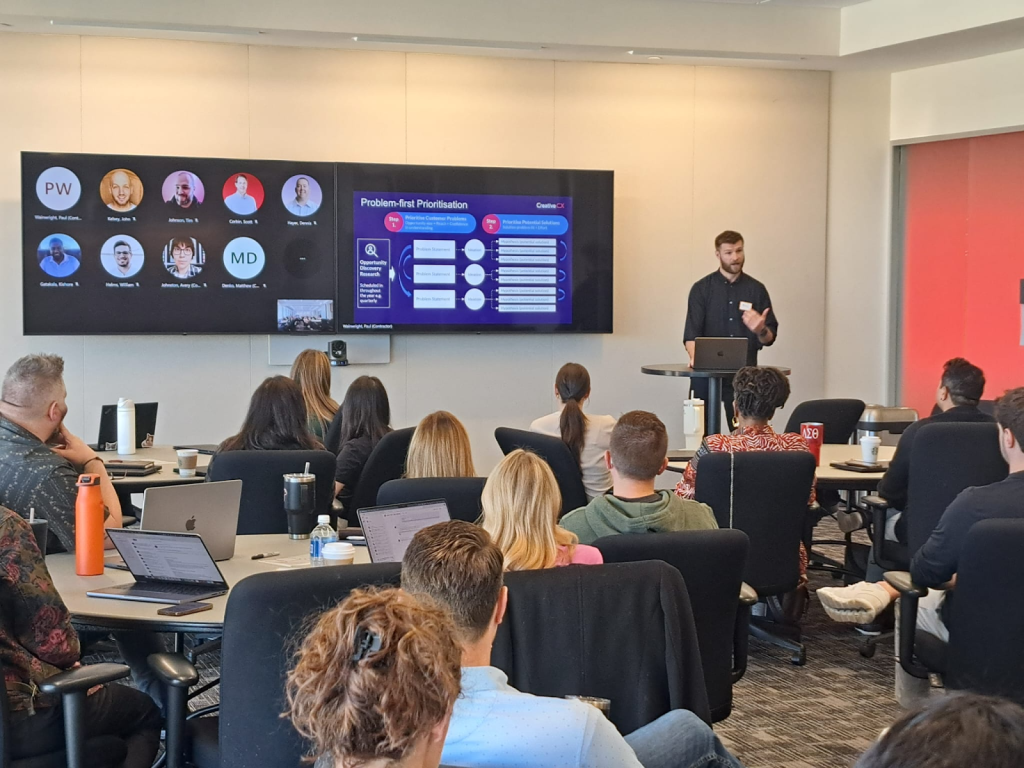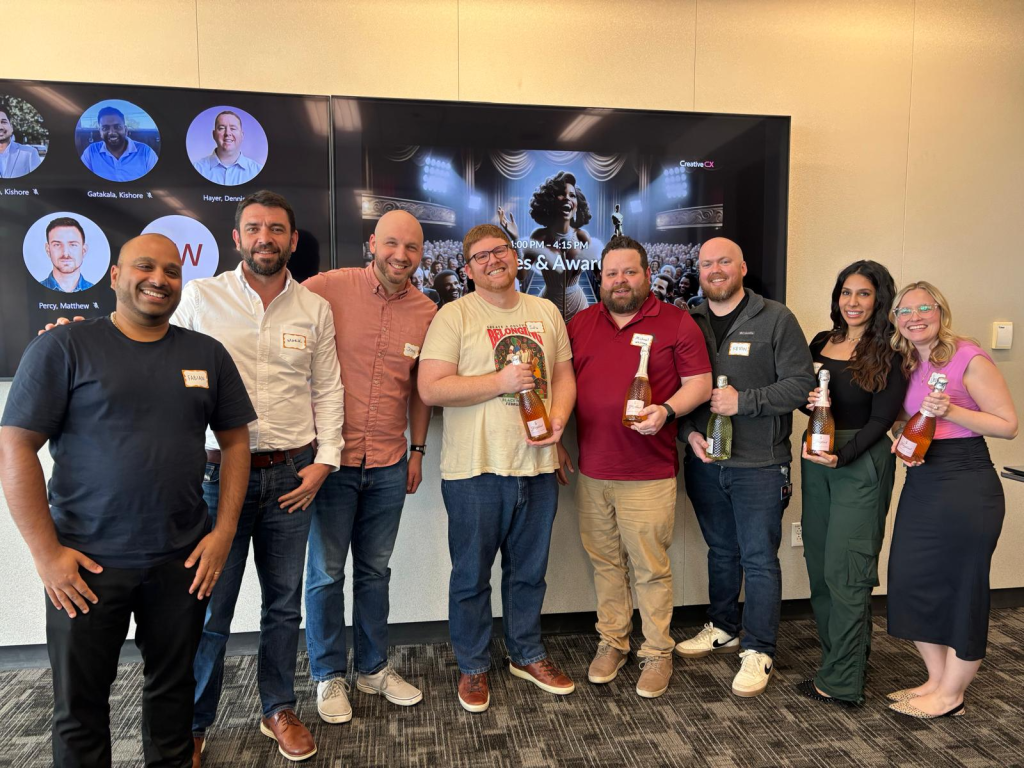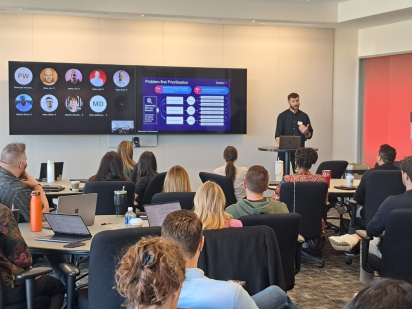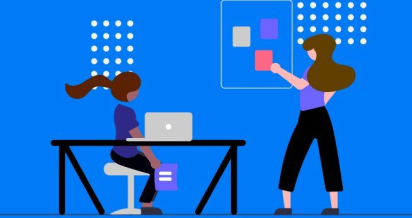
Why Experimentation Days Are So Powerful
We’ve been running and fine-tuning our Experimentation Day format for a few years now, and it has become one of the most effective ways to build momentum and culture around Experimentation.
These events create space for teams to collaborate, think creatively, and focus on real customer problems. But their true value lies in turning the energy and ideas of the day into meaningful, actionable experiments.
To make an Experimentation Day successful, a few key elements are critical:
- Clear purpose and focus, grounded in customer problems and insights
- Cross-functional participation, bringing diverse perspectives and experience together
- Structured creativity, using methods like Crazy 8s and co-created paper prototypes
- Tangible outputs with follow-through, including a clear plan of action to bring the ideas of the day to life in the roadmap. And follow up on the results.
When done well, these days are more than workshops. They become a catalyst for embedding experimentation deeper into the business.
A recent Experimentation Day we ran with Pizza Hut serves as a powerful reminder of just how impactful these events can be.
Our Recent Experimentation Day with Pizza Hut
At Pizza Hut HQ in Texas, more than 50 people from across Product, Marketing, UX, CRM, Engineering, Data, and Analytics came together to take part in a focused day of experimentation.

The work began well before the session itself. Our UX research team conducted moderated usability testing and triangulated quantitative data to uncover insights across the customer journey. This research informed a set of prioritised problem statements, which were used to frame and guide the ideation sessions during the day.
The day followed a structured agenda that allowed for inspiration, learning, collaboration, and tangible output:
- Welcome and Kickoff – The day began with an introduction and an interactive ‘Which Test Won’ quiz using real experiments. This energised the group and sparked lively discussion about testing assumptions and strategy.
- Foundations of Experimentation – A session on how businesses can embed and scale experimentation, including for this particular session:
- Adopting a problem-first approach to prioritisation and ideation
- Focusing on the end-to-end customer journey
- Avoiding confirmation bias in your data (don’t be FILTHy)
- Insight Sharing – We presented discovery research combining qualitative and quantitative insights to illuminate the customer journey and highlight key problem areas worth solving. From this, we identified and selected one key problem statement that was presented to the room as the central focus for the activities to come.
- Problem Framing and Ideation – To kick off the ideation process, each participant began with a Crazy 8s exercise on their own, rapidly sketching eight different ideas in eight minutes. This individual activity is a powerful way to push creative thinking, helping people avoid getting stuck on their first idea and encouraging them to explore a range of possibilities, including wild card concepts that might normally be dismissed. Following this, we grouped people into mixed teams, deliberately avoiding departmental or disciplinary clustering to promote fresh perspectives and avoid default thinking. Within these new teams, participants shared their ideas and collaboratively selected two solutions to take forward into the next stage.
- Co-Creation and Prototyping – Teams then developed paper prototypes for their strongest ideas, collaborating across functions to shape tangible test concepts.
- Shark Tank (Dragon’s Den) Pitch Session – Each team pitched their idea to a judging panel who assessed them based on a set of criteria including:
- Creativity of the idea
- Clarity of the customer pain point being addressed
- Clarity of the hypothesis behind the solution
The winning team won a prize!

Throughout the day, the energy and creativity in the room were exceptional. Participants stepped away from their usual roles, engaged with fresh perspectives, and created ideas grounded in real customer insight.
Most importantly, the impact didn’t stop at the end of the day. Several concepts have already progressed into live tests, reinforcing the idea that Experimentation Days are a practical investment in innovation, not just a morale-boosting activity.
If you’re looking to engage your team and embed experimentation more deeply into your culture, get in touch and we can plan an Experimentation Day that fits your goals.



